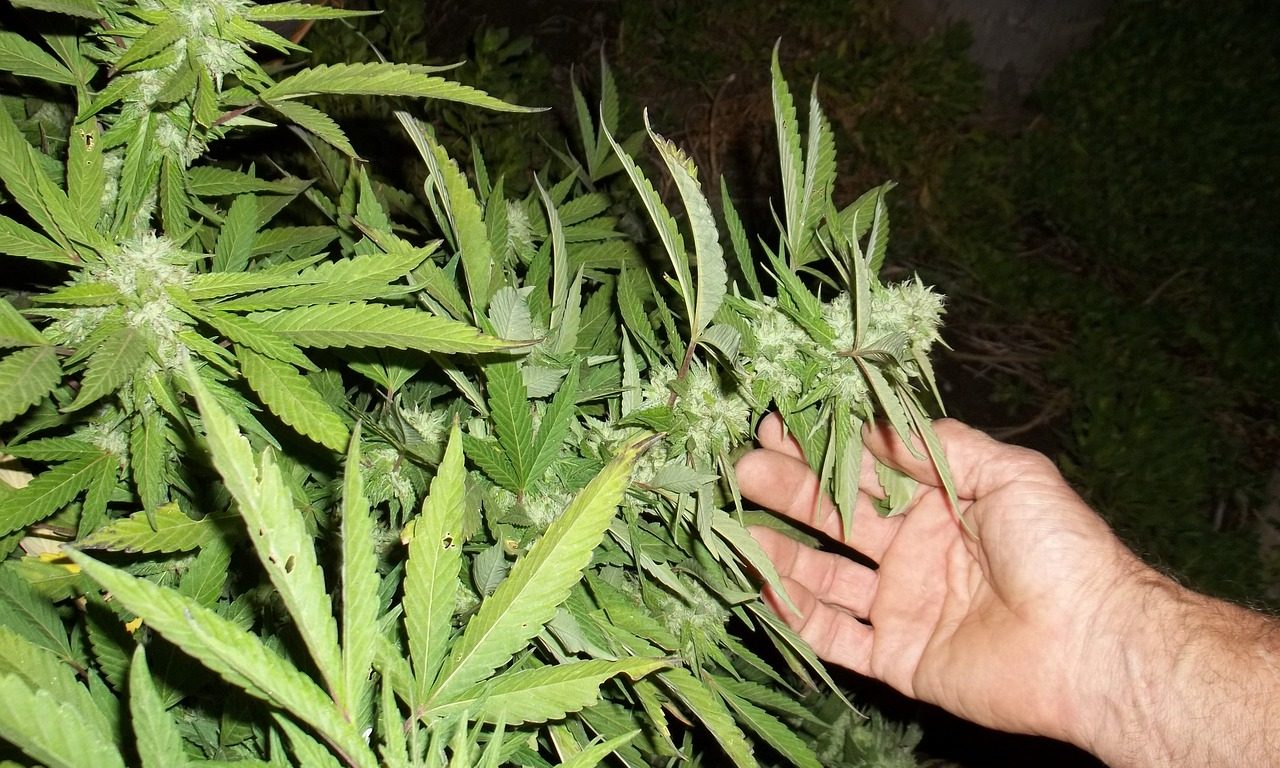
That’s essentially what researchers concluded after comparing the brain morphology of 140 cannabis consumers and 121 people in a control group. Contrary to most previous research on the subject, they found marijuana use had “no significant effects on cortical surface morphology.”
The new study, published last week in the journal European Neuropsychopharmacology, sought to identify any differences in cortical thickness, surface area and gyrification index between people who use cannabis and those who don’t. The three factors are generally related to cognitive function.
“While regular cannabis use has been
associated with altered cortical morphology, previous findings have not
been consistent in terms of the direction or region of alteration, which
included increase, decrease, and lack of change in cortical morphology,
across all four cortical lobes.”
“Here, we comprehensively examined
cortical thickness, surface area, and gyrification index in relation to
cannabis use, dependence, and onset age, across the whole cortex, and
demonstrated no significant effects on cortical surface morphology.”
While cannabis use isn’t associated with cortical surface morphology, according to the study, the team said it’s still possible that marijuana causes changes “at the network or molecular level.”

No comments:
Post a Comment